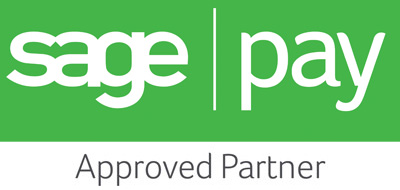Calls to Action - The Art of Persuasion
“Click here”
When was the last time you saw these two words used effectively as a call to action (or even as a navigational aid)?In the early days of the internet marketers had to hand-hold prospects through their journey from promotional email or paid advert to conversion, so simple language like “click here...” did the job functionally and simply.
We've moved on a long way from that now and there's not an internet user out there that doesn't know that links are underlined. When we write content for websites, blogs and adverts we don't use “click here” routinely any more, we link the destination url from some relevant text (in fact this style of linking influences the way web content is written, as opposed to printed content which can't include clickable links).
What we can still improve on is moving away from using “click here” as a call to action (CTA) in email campaigns. Very often the CTA is tacked on at the end of the copy, little more than an afterthought in the creation of the whole campaign. We think it ought to be one of the aspects that's discussed during the specification of the campaign, part of the discussion on direction and theme. That way, your CTA is a cohesive element of the content and more compelling for the recipient.
When scoping a campaign one of the most important questions is “what do we want recipients to do?”. Are you after leads, or trying to get people to opt in to a new offering? The angle of your campaign is also vital here – are you solving a problem, providing insight, or celebrating something? If you're using email as a way to nudge people through the sales pipeline and you know they are nearly at the decision stage this informs the style of call to action, just as if you know these recipients are still at the early research stage of a purchase decision.
Once we have answered all these questions we will be able to craft a simple yet persuasive CTA that converts readers into clickers, and into buyers. Here are some examples of CTAs that you might have seen, and their more refined counterparts:
- Download the whitepaper – get fresh insights into X topic/streamline your business/save time on X/solve the X problem
- Subscribe here – be the first to know
- Register today – grab your place on our webinar
You can also consider having more than one CTA in an email. Depending on what you're offering you may have recipients at two or more stages in the purchase journey, but with a double CTA you can hit both demographics with the same email. There's a benefit here not only in terms of simplifying your send list, but in showing leads at the start of their journey what the next steps are. This can be a powerful mindset adjuster, and make the people at the top of the sales pipeline feel like they're further along than they thought.
The key to writing a compelling email CTA is to answer the scoping questions, then get into the mindset of the recipients and test what would work best. You and your colleagues are the perfect test audience for this. We can bring our insights to your table and call your customers to action in the most effective way
